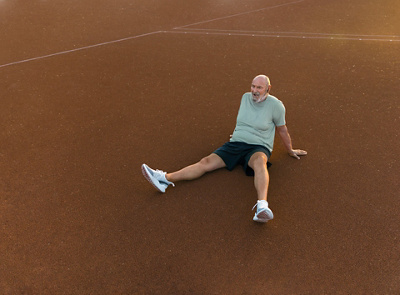Doctors with certification to perform endovenous thermal ablation of varicose saphenous veins have specialist in-depth knowledge of how to treat varicose veins (varicosa) using thermal methods (application of heat). They use methods such as endoluminal laser therapy and radio wave therapy. They are familiar with the clinical picture of the varicosa (varicose veins) and understand the different stages of the disease as well as the diagnostic and treatment options.
Varicose saphenous veins on the leg are a common venous condition. Around 15–20% of people are affected by this disease during their lifetime. The valves of the affected saphenous veins (Vena saphena magna and parva) no longer close properly. This results in blood accumulating in the leg veins, which then leads to the formation of varicose veins.
Endovenous thermal ablation of the saphenous veins is performed by inserting a catheter and tube into the saphenous veins under the guidance of ultrasound, and then closing the affected veins by applying heat. The heat is generated using a laser light or via radio waves. Prior to the procedure, the veins are closely examined and displayed in an ultrasound image (colour-coded duplex sonography). The procedure is carried out under local anaesthetic and on an outpatient basis.
Doctors wishing to obtain certification to perform endovenous thermal ablation of varicose saphenous veins must have a recognised Swiss or foreign specialist qualification as well as certification in phlebology (the diagnosis and treatment of venous disorders) and sonography (ultrasound). Doctors with a specialist qualification in the field of angiology, surgery, vascular surgery or interventional radiology do not require certification in phlebology. The certification is issued by the UVSS (Union of Vascular Societies of Switzerland).

